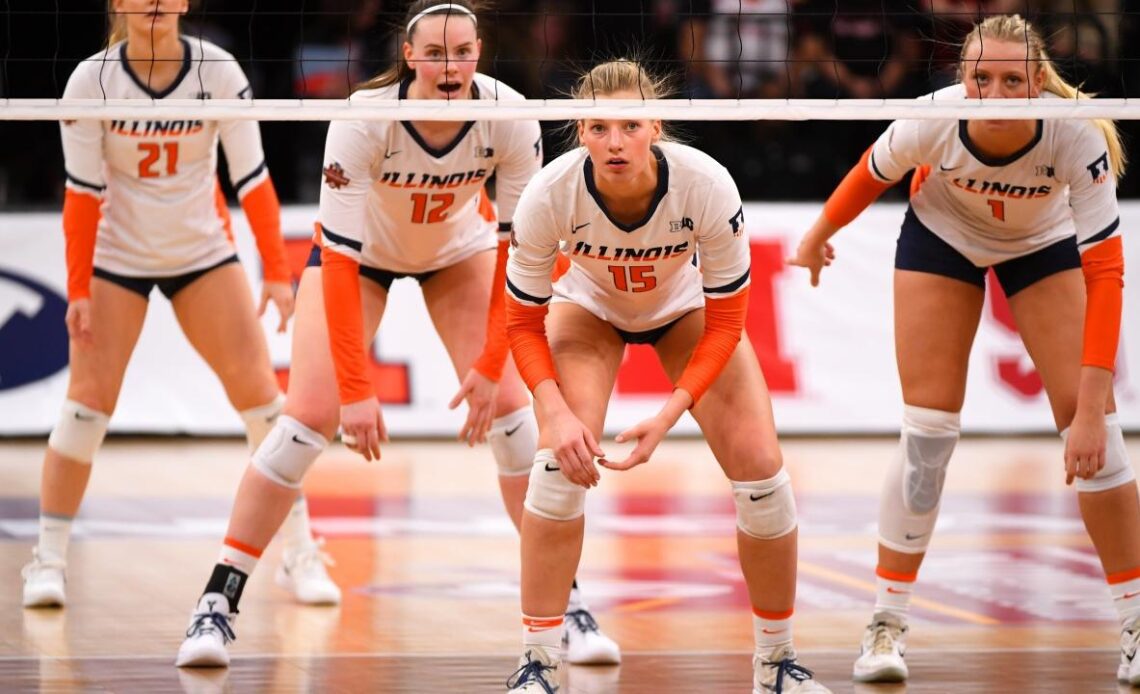So you’re watching volleyball, and you get it, the six players on the court rotate every once in a while after a point and before a serve. But, why? Where? In what order? Where can they go after they rotate? Here is everything you need to know to understand the college volleyball rotation.
First, when and why does this happen?
A rotation occurs after every sideout, which is when the receiving team gains the right to serve by winning a rally. So basically, if you are the receiving team, and you win the point, or the serving team commits an unforced error, the players are required to rotate and the serve is switched. The new serving team will rotate clockwise one spot. The purpose of this is to rotate all the players through the serving position.
If you continue winning points, you stay in position.
VOLLEYBALL GLOSSARY: Volleyball terms explained
The rotation order
The rotation order is determined by the starting lineup and must be maintained throughout the set, per the NCAA rulebook. To break it down. six players are on the court, three are front-row players and three are back-row players. The positions are named by their place on the court, but these position are not to be confused with the position they play such as setter, middle blocker, outside hitter, opposite or libero. The locations are the positions where you stand before the ball is served. It is left front, middle front, right front, and left back, middle back and right back. Each player must start in one of those specific locations. Picture it just like you think. Three in the front, three in the back. One at left front, one at left back, etc.
When the ball is served by your team, or the opposition, every player must be in the correct rotational position.
OK, so that makes sense. So then why, when you’re watching volleyball, are they never actually standing in the perfect three in front of three position when receiving the serve? They look all scattered in the middle. Keep reading.
The overlap
When a player leaves that position before the ball is served, or is in the wrong position in relation to certain teammates, it is called an overlap. Well, teams usually have ways of moving out of the perfect three in front of three players position when receiving the serve, while still complying with the rules and avoiding the overlap.
Certain positions on the court need to be in front of or to the left of other players in order to avoid an overlap. For example, the middle…
Click Here to Read the Full Original Article at NCAA.com > volleyball-women d1 articles and video…

